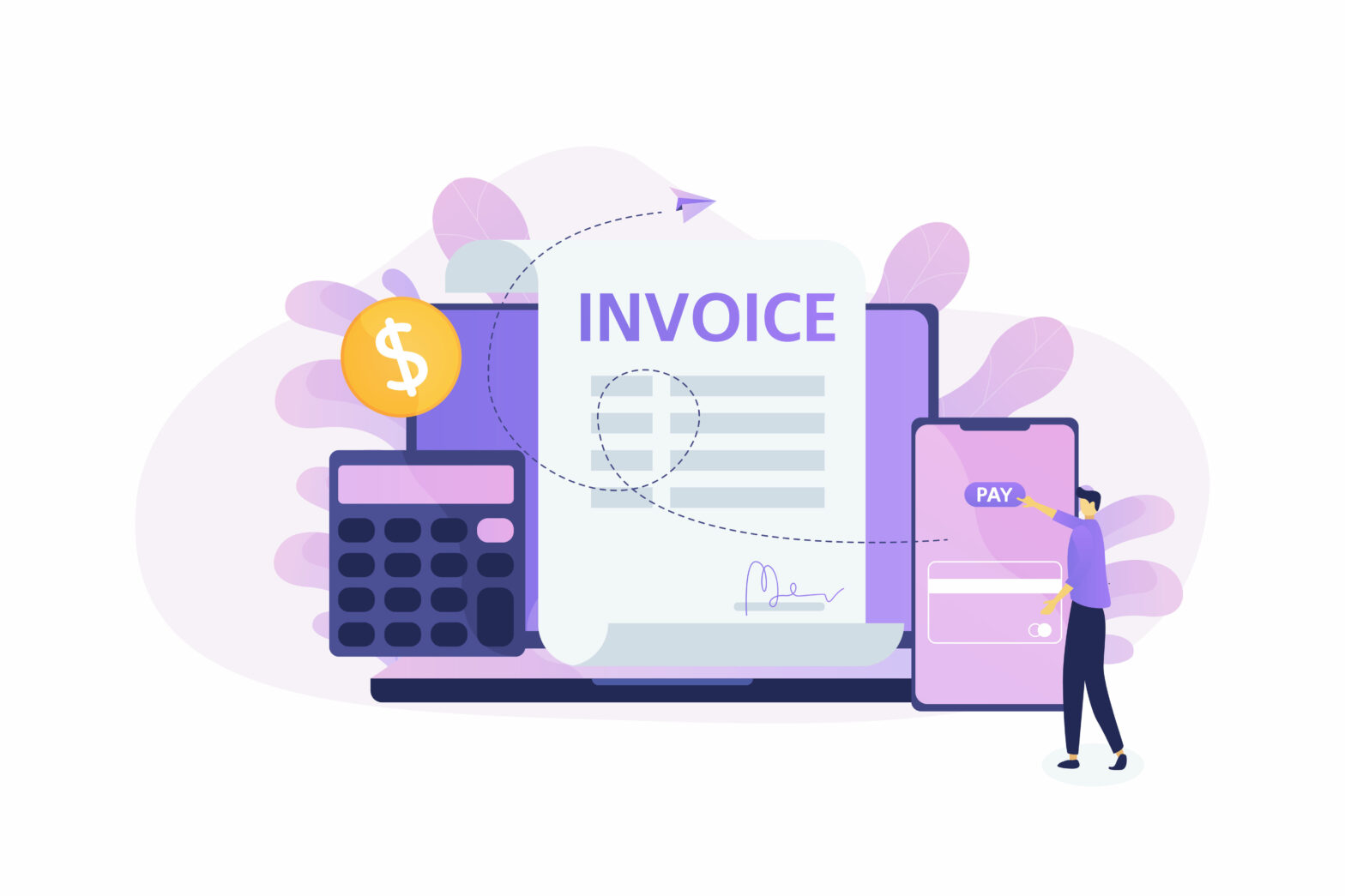Trends in lending from Q4 2012 provided by the Bank of England’s Credit Conditions Survey showed that the Funding for Lending Scheme (FLS) was important in increasing credit availability for the corporate sector. However, demand for lending through the banks in this quarter from SMEs remained subdued, while it continued to grow for those seeking alternative forms of finance, according to a white paper report from Bibby Financial Services.
On the ground, opinion from small businesses is that while these policies are in place, they don’t seem to benefit the enterprises that need them most. Speaking on the subject, Angela Goudry, owner of Durham-based Chillfast Couriers says, ‘We hear a lot of reports in the media about funding being made available for small businesses, such as the FLS, but it doesn’t seem to be making its way from the banks to the businesses that need it most.
‘Small businesses need to look elsewhere for funding support to help them grow, such as invoice finance, which is available and offers support and flexibility.’
In the eyes of many SMEs, government support is falling short when it comes to the most important element of support – funding. Those businesses that require funding, and that have applied through the traditional channels have been unable to secure the requisite funds to drive their business forward, or even save it from financial ruin. This has created a funding gap which is being filled by alternative finance providers offering products such as invoice finance. Those offering these services are increasing the amount of money available, as seen by that made available by Bibby Financial Services for new clients in the first part of 2013. This is also set to continue on a regional basis throughout the UK.
Lack of cash flow due to late payments from customers (often big businesses) is one of the biggest challenges faced by small enterprises. Not only does it restrict the capital being available to meet their own payment deadlines and achieve stability, it is restricting the ability to grow their business and take it to the next level.
This has lead to calls for bigger businesses in the UK to face up to their responsibilities and support SMEs, simply by ensuring the prompt payment of invoices.
But invoices will never all be paid on time, meaning the need for invoice finance. Invoice finance is a way to free up cash flow by releasing existing funds, which are tied up in invoices.
It works along the following lines:
– As soon as an invoice is issued by the business, the invoice finance provider will release an agreed percentage of the total (most often 85-95 per cent) within 24 hours.
– Once payment in full is made the remainder, minus a small admin fee taken by the funder, will be released to the business.
One of the main benefits of invoice finance is that it provides a steady flow of cash to small businesses without having to take on further debt. Businesses know when they will receive funds enabling them to make plans to meet their own payment deadlines, as well as building for the future.
In simplified terms, invoice finance can be broken down into two distinct products:
As part of a factoring service the funder will chase outstanding invoices on behalf of the business. This frees up time to get on with the day to day running of the operation. Many small businesses end up losing a lot of time and expenditure chasing clients for payment.
Businesses that choose invoice discounting will retain the task of chasing invoices and simply use the finance facility.





